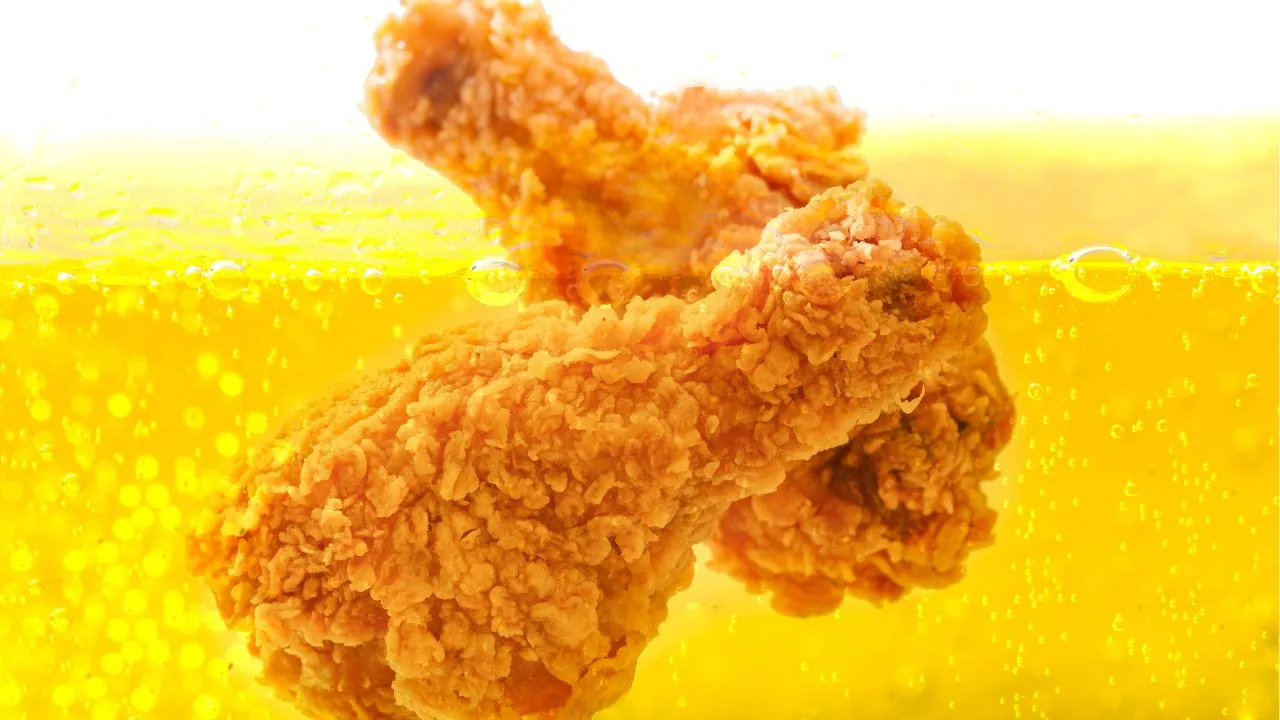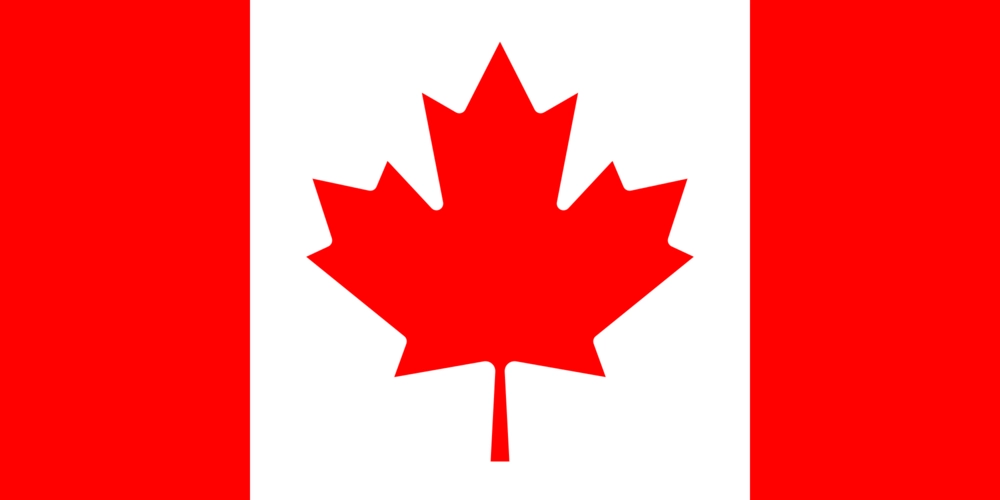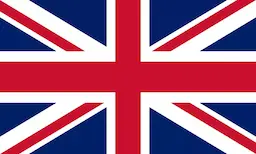As a chef and restauranteur, I know the magic of perfect deep frying lies in the right tools. Whether crafting crispy chicken wings or delicate tempura, mastering the art starts with choosing essential equipment you need for deep frying. A reliable fryer, high-smoke-point oil, and precision tools like thermometers and strainers ensure crispy, golden results every time. Let’s dive into the must-have equipment you need for deep frying gear that transforms frying into an effortless, flavorful, and cost-efficient art.
The Basics of Deep Frying
Deep frying involves cooking food in hot oil, ideally between 350°F and 375°F. Precise temperature control is essential. Thermometers are key for this. They keep oil at the right temperature and avoid burning.
A good fry basket makes a big difference too. It lets you safely put in and take out food, ensuring it cooks evenly. It also lowers the chance of getting burned by oil splashes.
Tongs and a slotted spoon are must-have tools. They let you safely move food in the hot oil. This ensures the food comes out crispy and perfectly cooked. An oil filter is also vital. It keeps the oil clean, making it last longer and taste better.
Importance of Choosing the Right Equipment
Picking the right deep frying equipment is key for great results and efficiency. A splatter guard, for example, is important. It keeps your cooking area clean and safe by stopping oil splashes.
Choosing a wok for deep frying can be smart. It heats and cools oil fast and uses less oil, which is safer and saves money. Using the correct tools enhances food taste and texture. It also makes operations safer and more cost-efficient. Each tool, from the oil to the basket, is crucial for the best fried foods. Investing in quality frying equipment means mastering the frying craft.
Types of Deep Fryers
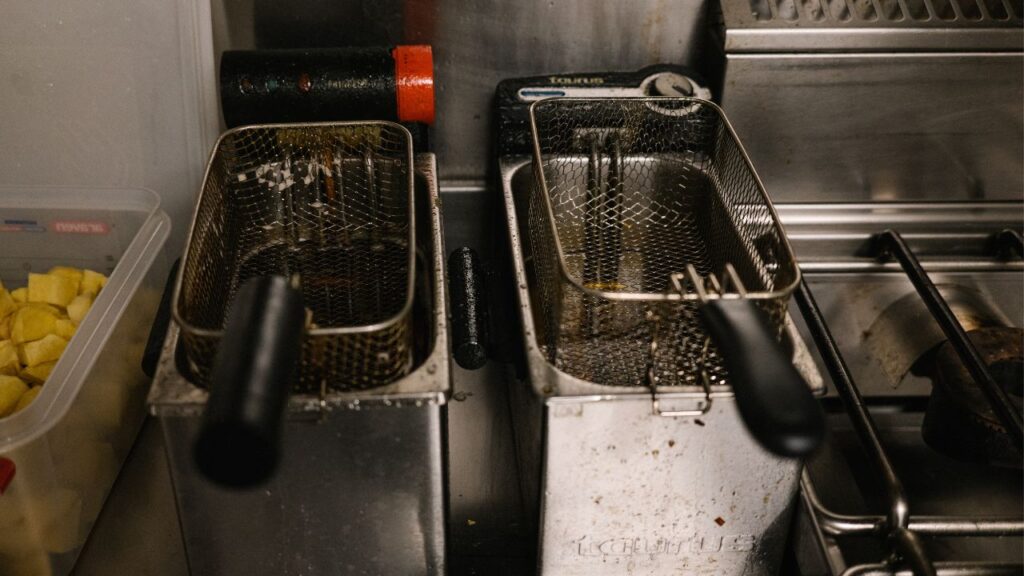
Deep fryers are essential in any kitchen, especially for consistent, safe, and quality deep frying. Choosing the right fryer impacts food taste and kitchen efficiency. This guide covers common fryer types, focusing on temperature control and brand benefits for improving your cooking.
Countertop Deep Fryers
Countertop deep fryers are ideal for small kitchens or less frequent frying. The All-Clad 3.5-Liter and Chefman 4.5-Liter Deep Fryer showcase available choices, from premium to budget-friendly. The All-Clad costs about $210 and features easy controls and a self-filtering system. Meanwhile, the Chefman offers an affordable option at $70 on Amazon, without sacrificing capacity.
Floor Model Deep Fryers
Floor model deep fryers suit high-demand environments. They handle up to 500 lbs of food with sizes from 11″ to 34″. These fryers have features like programmable controls and oil filtration, which ensure ideal cooking and oil lifespan. They fit best in busy restaurants or food trucks focused on fried menus.
Open Pot Deep Fryers
Open pot deep fryers work well for lightly breaded foods. They’re easy to clean, crucial for food safety and hygiene. This fryer type also minimizes flavor cross-over in different food batches. They suit medium-duty tasks, offering a good balance of efficiency and space-saving.
Tube-Style Deep Fryers
Tube-style deep fryers have a sediment zone for heavy breading, like fried chicken or fish. Crumbs settle without compromising oil quality, ensuring consistent frying. These models often include advanced temperature controls for even cooking and perfect crispiness.
Knowing different deep fryer types and their benefits improves your frying process. The best fryer matches your food and works well with your kitchen’s flow, focusing on reliability and safety. Whether you need a compact countertop unit or a robust floor model, the goal is to find the right balance for your needs.
Flat-Bottom Deep Fryers
Flat-bottom deep fryers are best for delicate foods like tempura or funnel cakes. These fryers use a wider surface area to cook food evenly without heavy movement, preserving the texture and appearance of the dish. Their design is ideal for low-volume frying, as they prioritize precision over speed or capacity.
Pressure Fryers
Pressure fryers excel in sealing moisture and flavor while reducing cooking times. Perfect for fried chicken, they use a sealed chamber to fry at higher pressure, resulting in tender, juicy interiors with crispy exteriors. These fryers are popular in commercial kitchens, where speed and consistency are essential for customer satisfaction.
Key Features to Consider
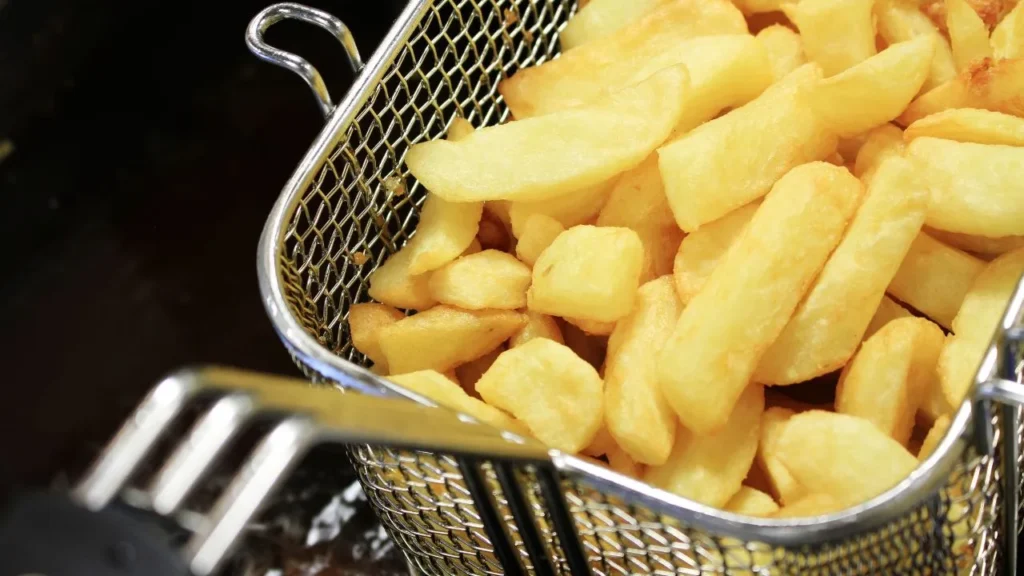
Choosing the right deep fryer involves several key features. Capacity, size, quality of material, temperature control, and safety features are vital. These features greatly improve your cooking results and safety.
Capacity and Size
The size of the deep fryer matters a lot. It determines how much food you can cook at once and the oil you’ll need. A 4 to 6-quart fryer is good for home, but larger ones fit professional use better. Ensure the fry basket matches the fryer’s capacity. This prevents overcrowding and uneven cooking.
Material and Build Quality
Good material quality means better frying performance. A deep fryer made of enameled cast iron, like the Le Creuset 7¼ Quart Round Dutch Oven, keeps oil temperature steady. This helps cook food perfectly without soaking up too much oil. A budget-friendly choice is the Cuisinart Chef’s Classic Enameled Cast Iron Covered Casserole.
Temperature Control
Getting the oil temperature right is crucial. It should not be too hot or too cold. Use a clip-on thermometer like the ThermoWorks ChefAlarm for accuracy. An instant-read like the ThermoWorks Thermapen Mk4 is also great. These help maintain the correct temperature. That’s essential for delicious and crispy fries or tender chicken.
Safety Features
Safety is key when deep frying. Look for fryers with long handles, splatter guards, and tight lids to protect against hot oil. Tools like the Rösle Wire Skimmer and OXO Good Grips 12-Inch Tongs are important for safe food handling. Always follow safety rules. Use the right tools and never leave a fryer unattended. This keeps the frying safe.
Essential Accessories for Deep Frying

Mastering deep frying in a pro kitchen takes more than a great fryer. You need special accessories to fry safely and well. Let’s explore some key tools every chef needs.
Baskets and Frying Racks
Baskets and racks are crucial for deep frying. They let you safely dip and lift food in hot oil, ensuring it cooks right. They help drain oil too, making food crispy but not greasy.
Oil Filters and Strainers
Clean frying oil is a must for good food and savings. Tools like spider skimmers and filter bags remove crumbs. This keeps your oil fresh longer, saving money and keeping flavors true.
Thermometers
A precise thermometer is key to safe, tasty deep frying. I suggest clip-on or instant-read models. They keep the oil at the right temperature for perfect, crunchy food.
Timers
In cooking, being consistent is crucial. Timers help fry food perfectly every time. They tell you when to turn food or when it’s done, making frying easier.
Adding these tools to your frying setup boosts dish quality, safety, and efficiency. From baskets to thermometers, each accessory helps perfect your frying. The right tools vastly improve your food and your kitchen’s success.
Selecting the Right Frying Oil
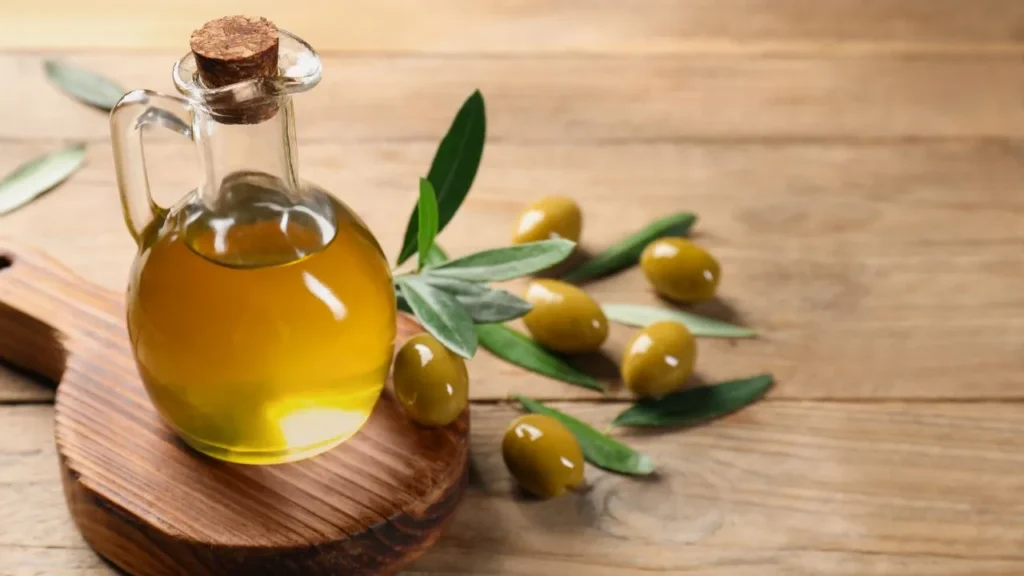
Choosing the right oil for deep frying is key. You want the best flavor and texture for your food. Think about the oil’s smoke point and its taste. Whether it’s for crispy french fries or juicy fried chicken, the perfect oil changes everything.
Types of Oils Used in Deep Frying
- Refined Peanut Oil: With a smoke point between 425 to 450 degrees Fahrenheit, it’s ideal for deep frying without overpowering the natural flavors of the food.
- Canola Oil: Offers a neutral flavor with a smoke point around 350 to 400 degrees Fahrenheit, making it a cost-effective staple for many kitchens.
- Vegetable Oil Blends: Commonly used due to their neutral flavor and moderate smoke points ranging from 400 to 450 degrees Fahrenheit.
- Sunflower and Soybean Oils: Both provide high smoke points (400 to 450 degrees Fahrenheit) and are economically priced, which appeals to commercial cooking operations.
Smoke Point and Oil Stability
Knowing about oil smoke points and stability is crucial. The smoke point is when oil starts to smoke and break down. Oils like refined peanut and sunflower, which have high smoke points over 400 degrees Fahrenheit, are great. They can handle high heat without spoiling the taste of your food.
Flavor Profile
Each oil brings its own flavor.
- Refined Peanut Oil: Its light taste can boost the food’s natural flavors without taking over.
- Canola Oil: Its mild flavor works well with both savory and sweet dishes.
- Vegetable Oil: Its neutral taste is perfect for cooking different meals without changing their original flavors.
Select an oil by considering its smoke point, stability at high temperatures, and flavor. Doing so will improve your fried dishes and make your restaurant’s kitchen shine with every dish.
Conclusion
The art of deep frying has a long and flavorful history. It has roots all over the world and across many cultures. We see this in dishes from French fries in Western Europe to Japanese tempura. To keep up the high quality, chefs and restaurant owners need the right tools. They should have a strong pot or a deep fryer that’s ENERGY STAR certified. This makes frying efficient and saves money.
Recap of Key Points
Safety and good results depend on controlling the temperature. That’s why a precise thermometer is key. The right oil is also important. It should have a high smoke point and a neutral taste. This gives food a golden look without being greasy. Fry baskets and oil filters help make the process smoother and safer. There are also commercial fry-oil filters that can help save costs by extending the life of your fryer oil. Adding things like automatic shut-off can be costly at first. But, they lead to big savings in a busy kitchen by using energy better.
Mastering deep frying isn’t just about tasty food. It’s also about efficient and smart cooking. By following these tips, chefs can improve their techniques and save on costs. This makes for unforgettable meals. Embracing both tradition and innovation is key. With the right know-how, deep frying can be a strong point for any chef.
FAQ
What equipment is required for deep frying?
Here are a few alternative cookware options for deep-frying: a deep wok, a deep pan, or a standard-sized pot. You’ll also need tongs or a slotted spoon, oil, a cooling rack, a food thermometer, and paper towels. For more details, check out this guide on deep frying at home like a professional.
What tool is used for deep frying?
Deep frying is done with a deep fryer, a pan such as a wok or chip pan, a Dutch oven, or a cast-iron pot. Additional tools include fry baskets, which are used to contain foods in a deep fryer and to strain foods when removed from the oil, and cooking thermometers, used to gauge oil temperature. Learn more about the tools for deep frying.
What materials do you need to deep-fry?
For a detailed list of materials required for deep frying, refer to this deep-frying equipment guide.
What safety equipment is needed for deep frying?
It’s important to wear closed-toe and slip-resistant footwear as a fry cook. It’s also advisable to wear tight-fitting kitchen clothes or a uniform made for cooking. Some fry cooks opt to wear personal protective equipment (PPE) items such as oven mitts or arm protectors. Review the safety tips for commercial frying.
What safety precautions should I follow when using a deep fryer?
When using a deep fryer, ensure that the fryer is placed on a stable, heat-resistant surface and keep flammable materials away from the area. Always monitor the oil temperature to prevent overheating, use long-handled tools to avoid burns, and never leave the fryer unattended while in use. Additionally, keep a fire extinguisher nearby for emergencies and avoid overfilling the fryer to prevent oil spills.
How do I properly clean and maintain deep frying equipment?
To properly clean and maintain deep frying equipment, first ensure the fryer is completely cooled and unplugged, then safely dispose of used oil and wipe down the interior with warm, soapy water. Rinse and dry all parts thoroughly, paying close attention to any residue or buildup, and regularly check heating elements and fryer components for wear to ensure optimal performance and safety.
Resources
https://www.epicurious.com/expert-advice/everything-you-need-to-deep-fry-article
https://www.thespruceeats.com/deep-frying-for-two-equipment-oil-912597
https://www.seriouseats.com/wok-skills-101-how-to-deep-fry-at-home
